The marathon boom is a recent memory for those who have been keeping up with the racing world over the last few years. The Italian marathoners, namely those who participated in at least one marathon in Italy during 2013, as shown in the December 2013 FIDAL data (the most recent available to us) would total approximately 54,700, out of a total of 108,734 runners. So long to the infamous ‘sedentary people!’ The legend of the marathon and it’s spread has greatly contributed to introducing running to many people who started to run and immediately put the target of 42 kilometers in their minds. GPS on the wrist, precise training schedules, obsessive computations about the imaginary race pace to reach and maintain, and those 42kms and change hammering on our head and legs, one after the other, such as prayers on rosary beads.
Perhaps there was a lack of balance or perhaps like with all new things which are exciting, we overdid it and at the end of 42 laps on the watch we were a bit put off. The outskirts of the Italian marathons have gradually worn us out and no longer give us sufficient gratification to justify such a great effort.
Thus, because of physiological osmosis the saturation of our marathon environment was compensated partly by the transition of many athletes to trail running. The desire to fully enjoy all that running in nature has to offer, to look around and escape the dull outskirts of the city in favor of the woods, countryside and mountains got the better of us and now our calendar is full with trail events.
If we regard it as a social-sportive phenomenon, we should looks at trail running in two ways: one is a consequence of the other.
The first can be seen as the need of the running-obsessed population to return to the roots of their relationship with running, which is mainly for pleasure. The second, which we are likely witnessing, is an evolution of the running population who are already abandoning this obsessive maniacal phase and in some ways recovering to favor a more conscious relationship with themselves and with their passion for running.
The runners are beginning to be clear about what they want from running and are choosing a discipline which on the one hand certainly allows them to stop worrying about their stopwatch, but on the other hand it forces them towards cultural growth in the sport the choose to practice. With rugged paths, new terrain, steep slopes and varying distances which requires runners to be more careful not only when selecting equipment but also in athletic and mental preparation. This whole process of acquiring knowledge is not directed towards athletic improvement but rather in order to avoid possible problems and risks and to enjoy to the fullest extent the pleasure of running. So, the shoes become more technical and have better grip and guarantee comfort, clothing is better suited for the changing mountain climate, we get used to running with a backpack and somehow become able to provide for ourselves and take care of our own needs.
In three words we learn to be forward-looking, competent and aware. A great leap forward in quality and cultural growth of our running movement. So, welcome trail running along with the fans who are involved and bringing themselves in.



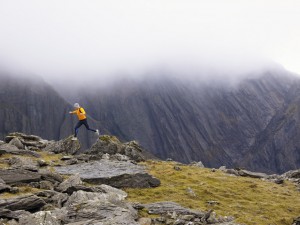
 Subscribe to our newsletter to have the latest updates delivered straight to your inbox.
Subscribe to our newsletter to have the latest updates delivered straight to your inbox. TRI60 DISTANCE TRAINING
TRI60 DISTANCE TRAINING 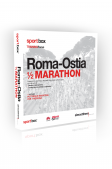 Sportbox Training Focus Roma-Ostia Half Marathon 2019
Sportbox Training Focus Roma-Ostia Half Marathon 2019 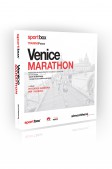 Sportbox Training Focus Venice Marathon 2019
Sportbox Training Focus Venice Marathon 2019 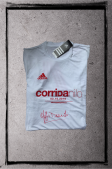 t-shirt limited edition autographed by Danilo Goffi
t-shirt limited edition autographed by Danilo Goffi 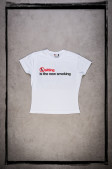 Women's Sitting technical t-shirt
Women's Sitting technical t-shirt 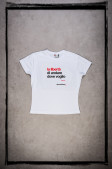 Women's dove voglio technical t-shirt
Women's dove voglio technical t-shirt 